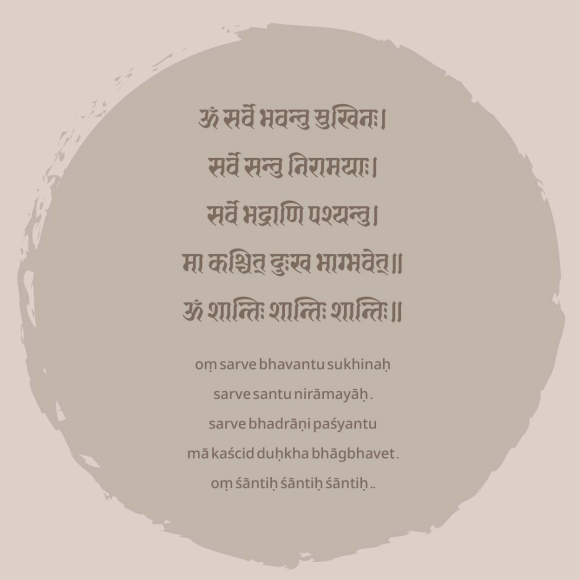
Chairperson Speaks
Sant Dnyaneshwar was just a teenager sitting by a rock at Nevasa in Maharashtra and translating the Bhagwad Geeta when he came to the conclusion of a Universal God. In the same 12th century, thousands of kilometres away, Ibijarabi, a mystic saint came to realise the nature of Advaita. And in the same period, Meister Eckhart, a popular figure from Germany was saying, “The eye with which I see God is the same eye with which God sees me.”
From time immemorial, there have been those around the world who have taken upon themselves to improve the lot of mankind. Again and again in their teachings we come across the same thoughts stressing that we need to work together, that we need compassion and love to make this world a better place, that god may have many forms and many names but is essentially one.
We often see evil happening in the world and wonder whether humans are an awful species. But then the Pandemic came and we were hit by the Lockdowns. It was a truly difficult time for many, what with loss of livelihood, medical emergencies, mass migrations, a parallel psychological pandemic due to an extreme lack of control over our individual lives in that period.
In this difficult period, we saw people rising to the aid of each other. From trying to arrange for medicines and hospital beds, to sharing food and resources with each other, we saw some of our best behaviour on display. This made it clear to me that the true nature of us human beings is Goodness, not Evil. This is exactly what a lot of Saints and Sants have been saying for a long time.
The most pressing issue of our times is the Climate Change. It cannot be solved with anything less than all of us coming together to battle it. Again, these are values that are being propagated by the greatest of our teachers for a very long time.
To deliberate on how we can use teachings from such great people to find solutions to some of the most vexing issues of our times, it was necessary to bring these teachings into the public eye, to even celebrate them. The Vishwatmak Sant Sahitya Sammelan held in Kolhapur in April was our first attempt towards this goal.
Coming from a Haribhakt Warkari tradition myself, I have been exposed to very deep ideas about human consciousness and reality, the human condition, universality and brotherhood. Some great people over the years, like Sant Namdev, Sant Eknath, Sant Muktabai, Sant Tukaram, Sant Chokhamela have articulated these ideas in ways that are extremely accessible to a lay person like me. Through my Keertans, I have tried to bring these ideas forth to people. There are many like me in the Warkari tradition as well as in other Sampradays, communities, religions trying to do the same work and some of us got together and came up with the idea of the first ever Sammelan celebrating Sant Sahitya or Sant literature.
Because universalism is an oft quoted idea in these literature, we decided to include a large swathe of traditions and religions from which to draw upon for this Sammelan.
After the success of the Vishwatmak Sant Sahitya Sammelan, our guest of honour to the Sammelan, Dy CM of Tripura, Shri Jishnudev Varma asked us if we would like to do a similar programme in the North East of India. He offered to host us at his home state of Tripura. This was exactly what we had hoped for – that we would join hands with others and continue this endeavour of celebrating these very values of togetherness and brotherhood.
Most of us in the rest of the country are not very familiar with the North East of India. The Ashtalakshmi Sant Vichaar Sammelan held in December at Agartala sought to be a two way introduction between the North East of India and the rest of the country. Since the oral tradition is much stronger than the written tradition in the North East, we decided to go with Sant Vichaar rather than Sant Sahitya as the theme of this Sammelan.
It was a huge success with representation from each of the 8 states of the North East of India, including Sikkim. Listening to teachings of local Sants like Madhavdev talking about Advait, a small indigenous tribe from Meghalaya talking about universal consciousness, was an eye opener about the common thread of spirituality running through our entire country.
From Kolhapur, the land of Mahalakshmi to Tripura, the land of Tripura Sundari, these two Sammelans have been an auspicious beginning to what we hope is an endeavour more and more people will join in to. After all, what we can do together, we can hardly hope to achieve on our own.


